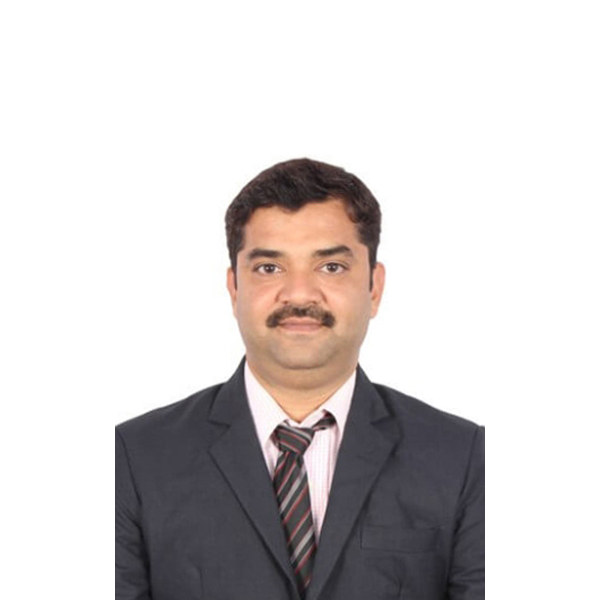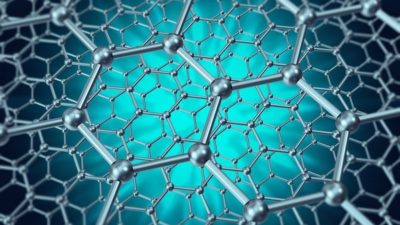PI Name & Affiliation:
Dr. Ahankari Sandeep Sureshrao,
Associate Professor,
School of Mechanical Engineering(SMEC),
Vellore Institute of Technology, India
Funding Agency: SERB
Scheme: Start-Up Research Grant

Dr. Ahankari Sandeep Sureshrao
Associate Professor
Project Description
CO2 is the biggest contributor of (around 75%) the greenhouse gas effect. Hence Carbon Capture and Storage (CCS) is highly essential to reduce CO2 emission into the atmosphere. Recently, research is being more focused on production of biogas from organic materials, which mostly, is composed of 50-75% methane and 25-50% carbon dioxide. Vehicle fuel should contain higher CH4 content (above 95%) to reduce the CO2 emissions. Various techniques like pressure swing adsorption, water scrubbing, and membrane technology are employed to upgrade the biogas quality. Membrane technology is found superior over others due to its high energy efficiency, easy processing and operation, low capital cost, better utilization of the space, suitability for remote location, and potential for large-scale application. Moreover, this process is considered to be green as it does not require any hazardous chemicals. A membrane is a thin barrier coated on a support that selectively allows CO2 to pass through from feed side to permeate side. Polymeric membranes are more popular because of low cost and ease of manufacturing. It also offers flexibility to fabricate various composite membranes with nanomaterials and capacity to work at high pressures. Some examples to cite such membrane materials are fixed site carrier membranes, polymers with functionalized nanoparticles embedded in it, facilitated transport membranes, etc.
The performance of the membrane is determined by two major parameters, permeability and selectivity. In general, a trade-off exists between these properties of the membrane as highly selective membranes have low permeability and vice versa. Attention is paid more on facilitated transport membranes (FTMs) for CO2 separation as it has shown high selectivity as well as high permeance. FTMs are polymeric membranes in which the moving carrier (water molecules in the present case) is embedded into a polymer matrix. The non-reactive gas like CH4 will permeate by solution diffusion mechanism whereas CO2 can selectively be permeated through the membrane with the help of carriers present in the polymer membrane. Nanocellulose based membranes use “solution diffusion” and “facilitated transport mechanism” for separating CO2 from biogas. Research in the past has focussed on making of thin membrane sheets which allow selective permeation of CO2. These flat membranes (kept parallel to the flow direction) reduce the permeation. It also requires much larger space and time to separate CO2 and get the enriched methane from biogas. To enhance the permeance and selectivity further, the current proposal comes up with an idea of membranes coated over hollow cylindrical tubes which will make the arrangement compact and efficiently separate CO2 from biogas.
Objective
Preparation of CNF/PVA Nanocomposite Membrane for enhanced permeance and selectivity for efficient CO2 separation from biogas mixture. This objective statement is fragmented into three sub-objectives (SOs).
SO 1 To manufacture a thin CNF/PVA nanocomposite membrane over a hollow tube
SO 2 Design a chamber containing staggered arrangement of tubes
SO 3 To optimize the concentration of CNF in PVA nanocomposite membrane for biogas quality upgradation through CO2 removal.